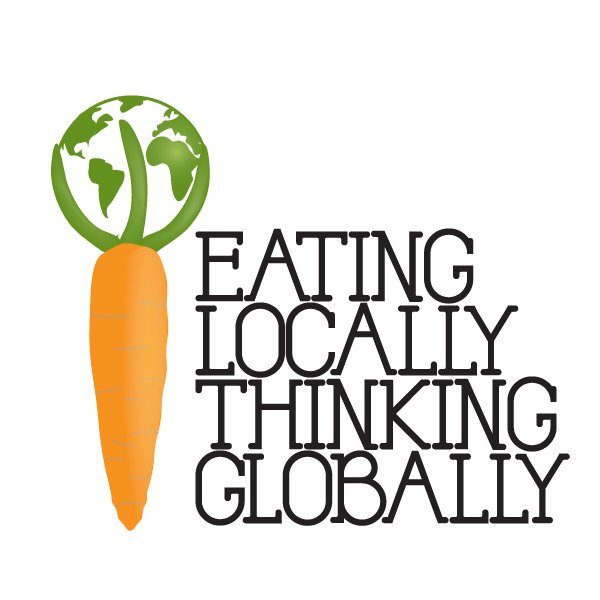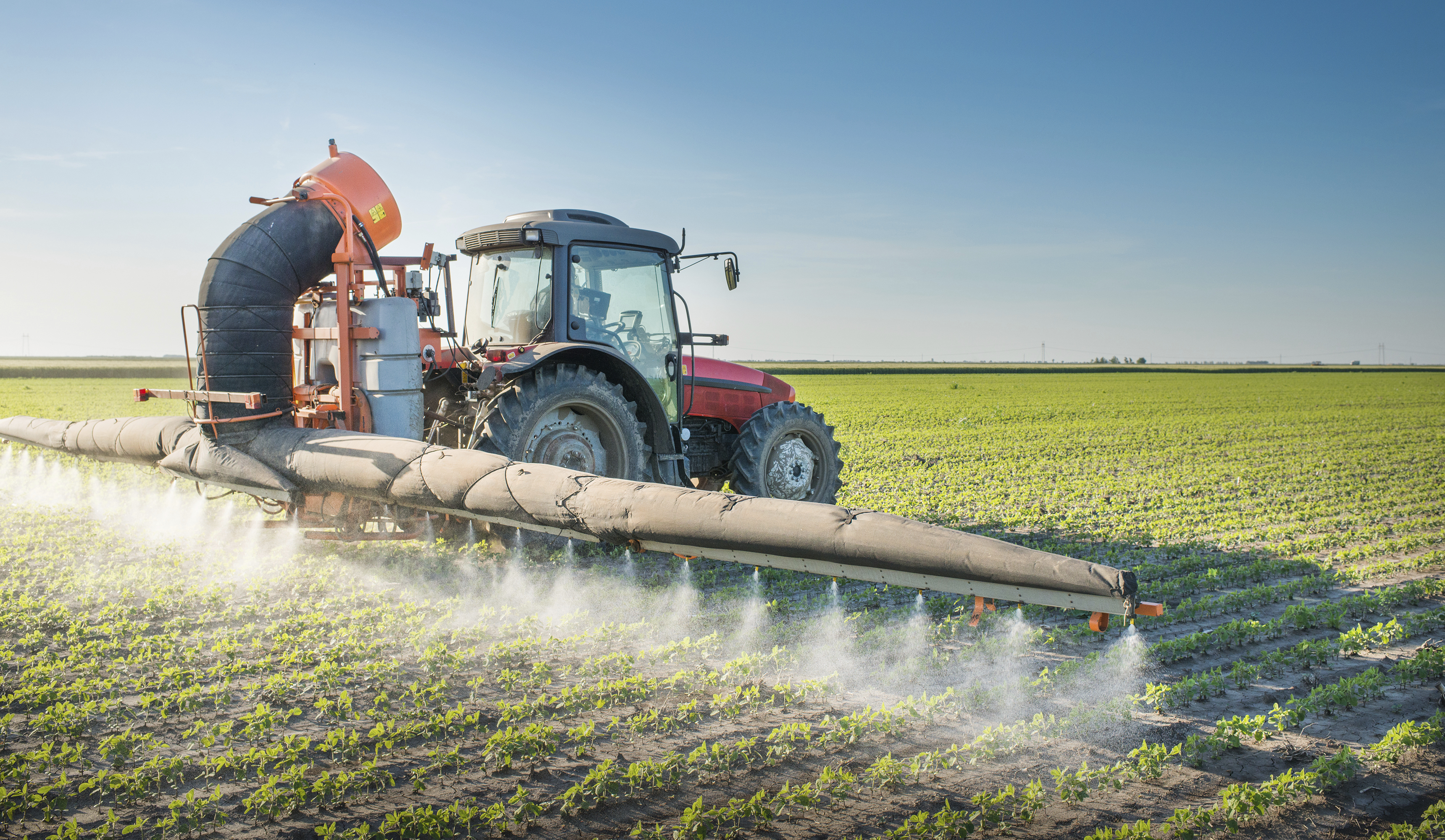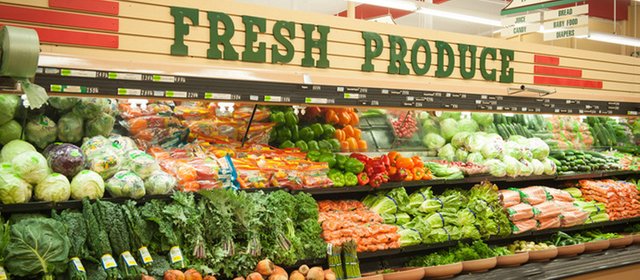A Broken Food System
According to the UN Food and Agriculture Organization, our planet will need to produce 70% more food in 2050 than it did in 2006 in order to feed its growing population. In order to accomplish this feat sustainably, we must renegotiate the ways in which we farm and grow our food. Reconstructing our current, broken food system is one of the most urgent and imperative challenges we face in the modern era; however daunting that task may seem, there is incredible hope and opportunity for change through innovation.
Today, most people in the industrialized world depend entirely on the globalized food system for their daily intake of fresh fruits and vegetables. Supermarket chains in the US stock produce grown in distant corners of the world that has traveled thousands of miles before reaching the accessible shelves of disconnected privilege. This modern day mercantile marvel has become the everyday norm in many first world countries. Many consumers in this situation no longer have any idea where their food comes from; they don’t know how their food is grown, how it is transported, what chemicals are used in the process, and they certainly don’t know the farmers who grew it.
Furthermore, millions of people in other corners of the world have difficulty accessing fresh fruits and vegetables every day. In these underserved areas, grocery stores take two or more weeks to get produce from farm to table. This gap in supply creates major food desert inequities in underserved communities, especially in minority communities.
Adult generations of today are less healthy than their counterparts of previous generations and one of the leading causes is a decrease in nutritionally rich food. The overuse of pesticides and fertilizers paired with declining soil quality threatens not only the nutritional value of crops but also human and environmental health as a whole. In a 2010 report on environmental cancer risks, the President’s Cancer Panel (an expert committee that monitors the country’s cancer program) wrote: “The entire U.S. population is exposed on a daily basis to numerous agricultural chemicals… Many of these chemicals have known or suspected carcinogenic or endocrine-disrupting properties.”
Endocrine disruptors can block or mimic the action of hormones, even at low doses. Dr. Michael Crupain, Director of the Consumer Reports Foods Safety and Sustainability Center affirms, “Endocrine effects aren’t sufficiently factored into the EPA pesticide-tolerance levels, and there’s concern they could cause reproductive disorders; birth defects; and breast, prostate, and other hormone-related cancers.” As a consumer-based society, we simply can not continue to ignore these facts. The less we know about where our food comes from and how it is grown, the greater risk we face of consuming produce that are dangerous to our wellbeing.

In observing this globalized food system one thing is clear: the consumer has been removed from the production and distribution cycles of their food consumption. Many have argued that this has been made possible through the dominance of corporately-controlled agriculture(Big Ag) which has been the motivating force for, what has now become, a largely unsustainable system.
Driving a hard bottom line, Big Ag has highlighted the corporate world’s addiction to profit. Their motto remains: reduce input and maximize output at every level — even if that means exploiting our planet and its people. Quantity drives market forces at the expense of quality in the food industry.
As consumers, there things we can do at the grassroots to cultivate a more just and sustainable food system. Buying produce that has been processed without chemicals, building relationships with local farmers, and learning more about the inefficiencies of the supply-chain are direct actions we can take today to facilitate deeper connection to our food supply, our health, and our local communities.
